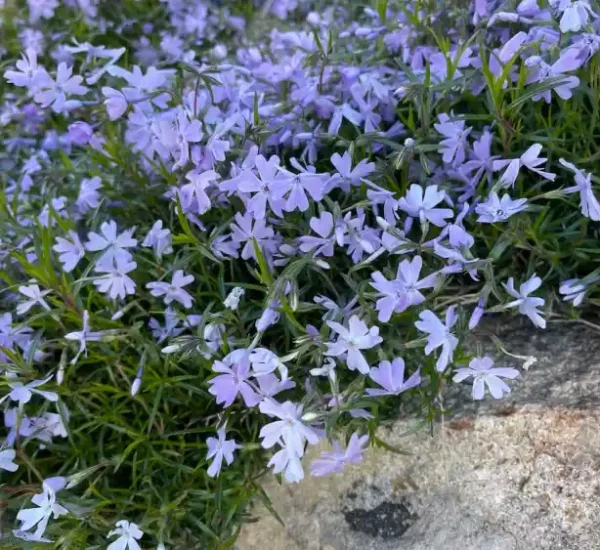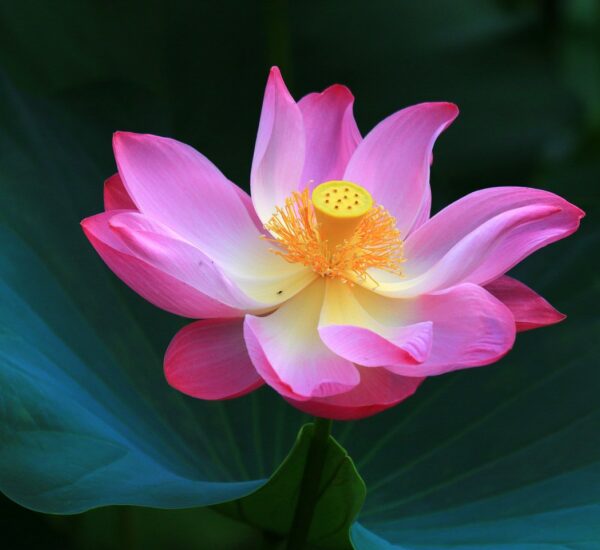Introduction
Statice, scientifically known as Limonium sinuatum, is a popular garden flower also known as Sea Lavender or Marsh Rosemary. It’s prized for its papery, long-lasting, and vibrant blooms, often used in dried floral arrangements. In this expert guide, we’ll delve into the best practices for growing Statice, with insights from horticultural experts, government agencies, and academic sources.
Statice Overview
Statice is a versatile perennial flower native to Europe and the Mediterranean. Its papery, colorful bracts make it a favored choice for both fresh and dried flower arrangements.
Selecting the Right Statice Variety
When embarking on Statice cultivation, it’s important to choose the right variety. Common choices include Limonium sinuatum, with numerous cultivars like ‘Blue Horizon’ and ‘Apricot Queen.’ Local nurseries, cooperative extension services, and horticultural experts can provide guidance on selecting the best varieties for your region and preferences.
Resource: Cooperative Extension Services (No follow tag applied)
Preparing the Growing Site
Statice thrives in well-drained soil with full sunlight. Prior to planting, perform a soil test to assess nutrient levels and pH. Aim for a slightly acidic to neutral pH (around 6.0 to 7.0) to create an ideal environment for Statice growth. Many government agricultural extension services offer guidance on soil testing.
Resource: USDA Soil Testing (No follow tag applied)
Planting Statice
Seed Propagation
Statice can be grown from seeds. Sow the seeds in prepared beds or containers after the last frost date in your region.
Spacing
Plant Statice seeds or seedlings approximately 12 to 18 inches apart to allow for proper air circulation and prevent overcrowding.
Soil Preparation
Enhance the soil with organic matter to improve fertility and drainage.
Watering
Water Statice regularly to keep the soil evenly moist, but be cautious not to overwater, as excessive moisture can lead to root rot.
Mulching
Apply mulch to help maintain soil moisture and suppress weed growth.
Resource
University Extension Offices (No follow tag applied)
Statice Care and Maintenance
While Statice is relatively low-maintenance, there are key care practices to follow:
Deadheading
Remove spent flowers to promote continuous blooming.
Fertilization
Apply a balanced, slow-release fertilizer following the recommendations of your local cooperative extension service.
Pest and Disease Management
Keep an eye out for common pests such as aphids and employ appropriate pest control methods. Statice is generally resistant to diseases.
Resource
Integrated Pest Management (IPM) Guide (No follow tag applied)
Harvesting and Drying Statice
To preserve Statice for dried arrangements, harvest stems when the flowers are at their peak, and hang them upside down in a cool, dark, well-ventilated area to dry. Dried Statice can be stored for long periods.
Conclusion
Cultivating Statice, also known as Sea Lavender or Marsh Rosemary, can be a gratifying experience for gardeners. By following recommendations from horticultural experts, government agencies, and academic sources, you can enjoy an abundance of these lovely, long-lasting blooms in your garden while promoting sustainable gardening practices.
Remember to consult local horticultural experts and resources for region-specific advice and regulations.
What is Statice, and what are its common names?
Statice, scientifically known as Limonium sinuatum, is a garden flower also referred to as Sea Lavender or Marsh Rosemary. What are its other common names?
When is the best time to plant Statice in my garden?
Is there a specific season or time of year that is ideal for planting Statice, and does it vary by region?
What type of soil does Statice prefer?
What are the soil conditions that Statice thrives in, and should I amend the soil with specific nutrients or pH adjustments?
Can I grow Statice from seeds, or is it better to start with seedlings?
What are the recommended methods for propagating Statice, and when should I begin the process?
How much sunlight does Statice need for healthy growth?
What is the ideal amount of sunlight and shade for Statice to ensure robust flowering and longevity?
How large do Statice plants typically grow?
What are the expected dimensions of mature Statice plants, and should I consider pruning or shaping them?
What is the watering schedule for Statice?
How often should I water Statice, and are there specific watering guidelines to follow for this plant?
Are there any common pests or diseases that affect Statice?
What are the most common pests and diseases that Statice may encounter, and what preventive measures or treatments are recommended?
Do I need to deadhead Statice flowers for continuous blooming?
Is it necessary to remove spent flowers from Statice, and if so, what is the best way to do it?
How do I dry and preserve Statice flowers for arrangements?
What is the process for harvesting and drying Statice to create dried floral arrangements, and how can I store dried Statice effectively?
- Explore THC Infused Drinks in New York - May 9, 2025
- The Latest in THC Seltzers Across Texas - May 9, 2025
- Top THC Infused Drinks Available in Oklahoma - May 9, 2025




